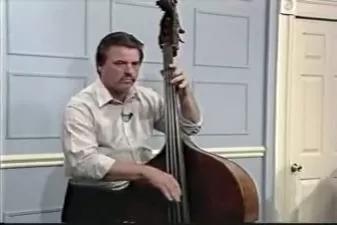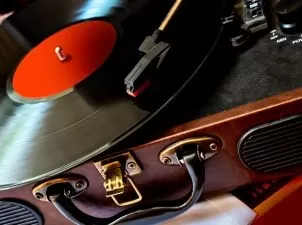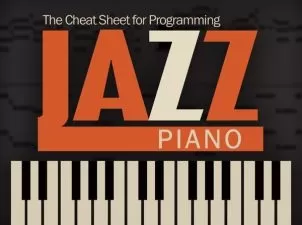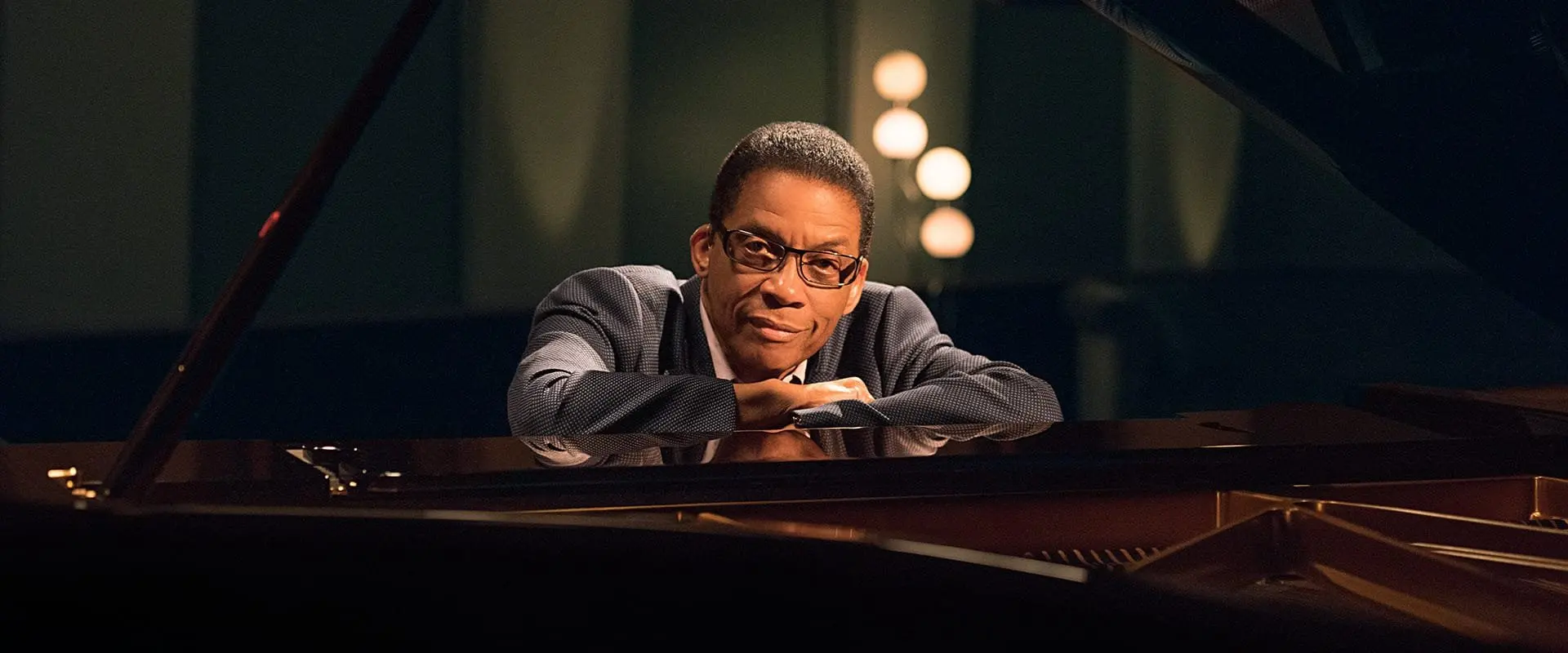About JazzLearn More
Jazz is a type of music in which improvisation is an important part. In most jazz performances, musicians create pieces on the spot and perform solos, which requires considerable skill.
There is great diversity in jazz music, but in most cases jazz music is very rhythmic, it uses swing, short and sharp beats and intervals, and the use of bent/blue notes is common in it. .
Sort by:
Sorting
The newest
Most visited
Course time
Subtitle
Filtering
Frequently asked questions about Jazz
Jazz is a type of music that formed among African American musicians in New Orleans early in the 1900s. Evolving from blues and ragtime, this type of music features swung tempos, “blue” notes not commonly heard in popular music, complex chords and harmonies, and a heavy emphasis on improvisation. In the 1920s, known as the Jazz Age, jazz made it to the mainstream and took on several different forms as more musicians joined the movement. Whereas New Orleans jazz had featured brass bands, call-and-response vocals, and many other players improvising at once, the 1930s saw the rise of meticulously orchestrated swing bands meant to get crowds dancing. By the 1940s, a jazz style called bebop emerged that blended virtuosic improvisation, fast tempos, and an almost mathematical use of music theory. The bebop tradition is what many modern-day jazz artists attempt to master to become proficient. Today, jazz has blended with nearly every culture to create a wide variety of styles.
Common jazz instruments include those in the rhythm section as well as monophonic instruments primarily intended for solos. The rhythm section is home to the drum kit, bass, guitar, and/or piano or organ. Jazz bass can be either electric or upright, while jazz guitar is typically an electric — though hollow body archtop guitars are standard due to their punchy, mellow tone. Pianos and organs are versatile instruments in jazz combos because they can play bass lines, chords, and leads. Wind instruments like trumpets and saxophones take on lead improvisational roles, often adding harmonic content when other members are soloing. Other styles of jazz may include instruments like flutes, trombones, clarinets, and others. Note that it is common practice for every musician on stage — regardless of their instrument — to take a solo during many songs.
Jazz is known as a “musician’s music” — that is, music that other musicians are best set up to appreciate. The reason is that it is highly technical on almost every front. Rhythmically, harmonically, melodically, and even physically, jazz is a highly demanding form of music. However, given the number of lifelong jazz players in the world, it is a challenge whose rewards are great. Bebop jazz features fast tempos and complex chord changes. This means a proficient player must have physical stamina and a detailed understanding of scales, chords, and the relation of each to the other. Improvising over fast jazz changes requires visualizing the chord changes and proactively playing over them in real-time. All of these are possible to learn with practice.















